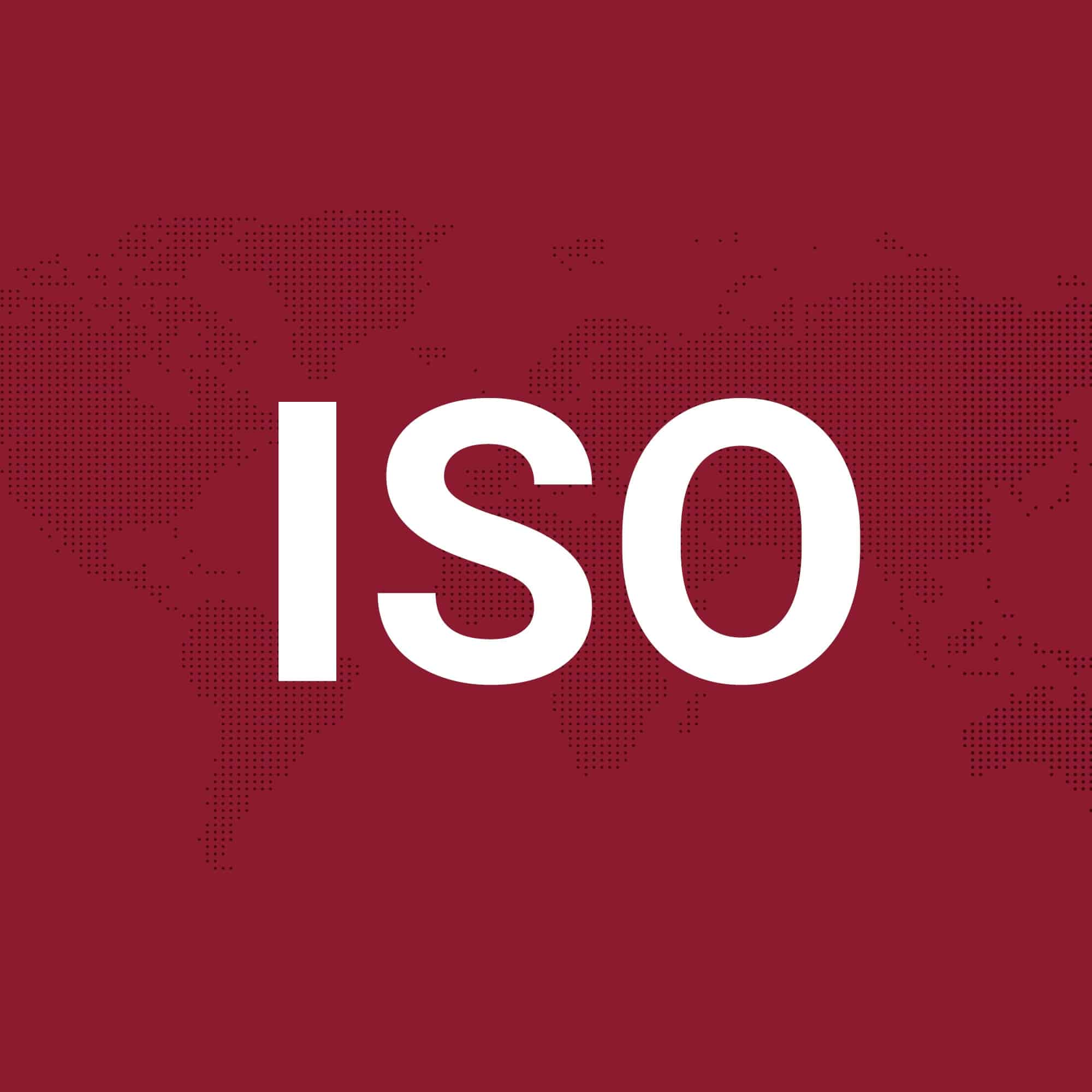ISO 3127 specifies the falling weight impact test for thermoplastic pipes, assessing their resistance to external impact. It applies to various materials and pipe dimensions, supporting both pressure and non-pressure applications. Results guide product development, quality control, and compliance with industry or regulatory standards.

About the standard
ISO 3127 is an internationally recognized standard that defines the method for determining the impact resistance of thermoplastics pipes under specified conditions. This standard applies to pipes made from various thermoplastic materials intended for the conveyance of fluids, such as water and gas, under pressure or not. The purpose of the test described in ISO 3127 is to assess the ability of the pipe to withstand external impact, which could occur during transportation, installation, or service life. The standard outlines the procedures for performing the test, the types of apparatus required, and the way results should be interpreted.
Materials and applications
ISO 3127 applies to pipes produced from a wide variety of thermoplastics such as polyvinyl chloride (PVC), polyethylene (PE), polypropylene (PP), and others used in pipelines for the transportation of fluids. This standard is relevant to manufacturers, research laboratories, and quality control departments aiming to validate the mechanical reliability of new or existing pipe products. The falling weight impact test defined by ISO 3127 is particularly important for assessing potential damage that can occur during mechanical handling.
Test objectives and reporting
The main objective is to obtain a clear indication of how a plastic pipe can resist impact loading, such as accidental drops or knocks. The test simulates conditions that pipes may face during their lifecycle. The standard specifies test parameters, sample conditioning, impact energies, and criteria for test completion or failure. The outcomes are used for product development, quality assurance, and to fulfill regulatory or contractual obligations.
Takeaway
ISO 3127 plays an essential role in setting uniform criteria for measuring the impact resistance of thermoplastic pipes. Its procedures help ensure reliable performance in the field and facilitate product comparison and certification.
Preparing samples and equipment
The ISO 3127 standard requires that pipe samples are prepared with specified lengths and conditioned, typically at a defined temperature and humidity. The samples must be cut cleanly so the external surfaces are undisturbed. The equipment must include a suitable falling weight impact tester with the correct striker geometry and calibrated drop height for the diameter and wall thickness of the pipe being tested. Ensure safety measures are in place, and all measuring devices are accurately calibrated.
Sample conditioning and setup
Before testing, condition the pipe samples according to the requirements specified in the standard (such as for a minimum of 16 hours at 23 °C ±2 °C unless otherwise stated). Arrange the sample horizontally and ensure that it is properly supported to avoid movement. Select the correct striker type and mass for the material and pipe dimensions.
Executing the impact test
Position the conditioned pipe specimen on the support and set the falling weight mechanism to the prescribed height. Drop the striker onto the center of the pipe specimen with the specified impact energy. Conduct the test a set number of times for each group of samples to ensure statistical validity. Carefully observe each sample for visible cracks or breaks following impact, as detailed by ISO 3127.
Recording and interpreting results
Document the number of test specimens, the number of failures (cracks, breaks), and calculate the failure rate. Compare the results to the acceptance criteria defined by the relevant product specification or regulatory requirement. Retain all data for quality assurance and traceability.
Final conclusions and reporting
Summarize your results according to the format prescribed by ISO 3127, including all relevant testing conditions and outcomes. Highlight any deviations or particular observations. Ensure the results are understandable for internal quality monitoring and for use in certification or compliance documentation. Follow any additional national or customer-specific requirements as needed.
Summary
The ISO 3127 standard offers a clear methodology for testing the impact resistance of thermoplastic pipes. By following the correct steps for sample preparation, conditioning, testing, and reporting, manufacturers and laboratories can obtain consistent, reliable results. Proper documentation and adherence to testing detail underpin global product confidence.
We are at your disposal for any questions, comments and suggestions. We look forward to hearing from you.
Feel free to contact us using the contact form below.
We strive to answer all inquiries within 24 hours (on working days).